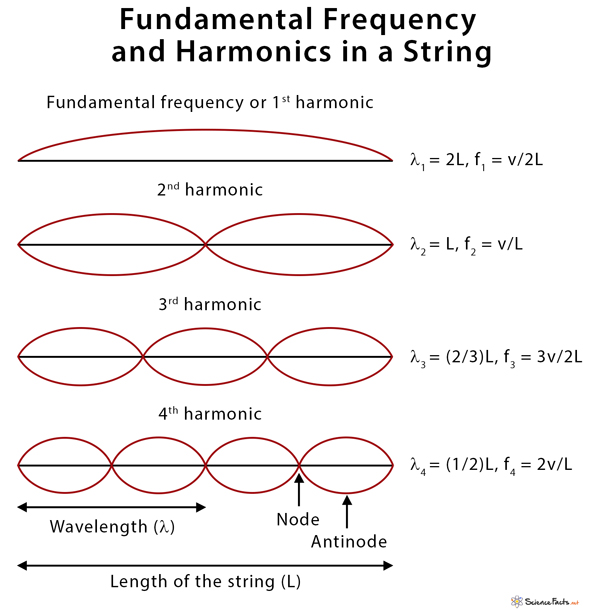

However, to our knowledge, frequency locking of ROs in a semiconductor laser subject to optical injection has not previously been demonstrated. In semiconductor lasers, it is known that single frequency optical injection can have a strong effect on the damping and the frequency of the ROs in a slave laser, and that ROs can be excited with optical injection. Frequency locking relaxation oscillations has previously been demonstrated in free-running Nd:YVO $_4$ lasers, where it has been shown that relaxation oscillations associated with two separate laser modes can be frequency locked to one another. Firstly, we show the ROs in a slave laser are easily excited with optical comb injection and can be frequency locked to rational fractions of the optical comb spacing. In this paper, we focus on two phenomena which in effect decrease the output optical comb spacing due to the generation of additional comb lines. In, Gavrielides acknowledges Hopf bifurcations can lead to relaxation oscillation (RO) excitations at high injection strengths, but focuses on the amplification seen by the unlocked lines, identifying several different regions with unique behaviour. Experimental and theoretical investigations into the dependence of side mode suppression on the detuning between the comb frequencies and the laser under injection have also been completed.
#HARMONIC FREQUENCY HOW TO#
Extensive literature detailing the behaviour observable in single frequency injection exists (see and citations within), yet few studies have reported on the dynamics present when an OFC is injected into a single mode slave laser.Īs OIL has been proposed as a method of demultiplexing OFCs in flexible optical networks, recent literature has been focused on how to optimise the side mode suppression or stability obtainable when injecting optical combs into single mode lasers. Notable for its applications in increasing modulation bandwidths and reducing laser linewidth, optical injection also allows us to study the dynamics of non-linear oscillators, as the amplitude-phase coupling in a semiconductor laser’s electric field can lead to complex dynamics. While OFCs have seen increasing attention in the recent past, optical injection locking (OIL) has been an active area of research since the introduction of the maser. Due to their high-precision, optical frequency combs (OFCs) have been applied in spectroscopy, optical frequency metrology, optical ranging, microwave frequency generators, telecommunications, among many other applications. Optical frequency combs have been used in a myriad of applications since their realisation. © 2019 Optical Society of America under the terms of the OSA Open Access Publishing Agreement 1. These optical locking mechanisms can be applied to regenerate or multiply optical combs. Our results demonstrate the effect of the $\alpha$ parameter and stability of the locked states and indicate how the frequency of the relaxation oscillations affect both of these locking mechanisms. We also study the frequency locking of the slave laser at detunings in between the injected comb lines, which add the slave laser’s frequency to the comb. We report that, for certain detuning and relative injection strengths, slave laser relaxation oscillations can become undamped and lock to rational frequencies of the optical comb spacing, creating extra comb tones by nonlinear dynamics of the injected laser. We show, both experimentally and theoretically, that a slave laser injected with an optical frequency comb can undergo two distinct locking mechanisms, both of which decrease the output optical comb’s frequency spacing. Note: Author names will be searched in the keywords field, also, but that may find papers where the person is mentioned, rather than papers they authored.Use a comma to separate multiple people: J Smith, RL Jones, Macarthur.



 0 kommentar(er)
0 kommentar(er)
